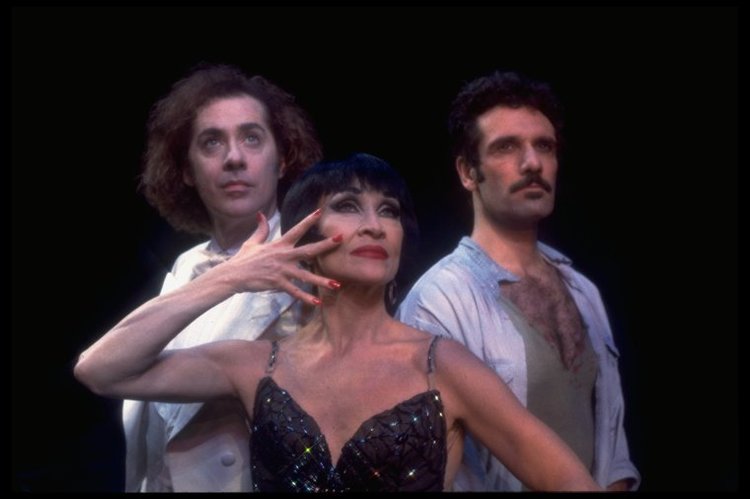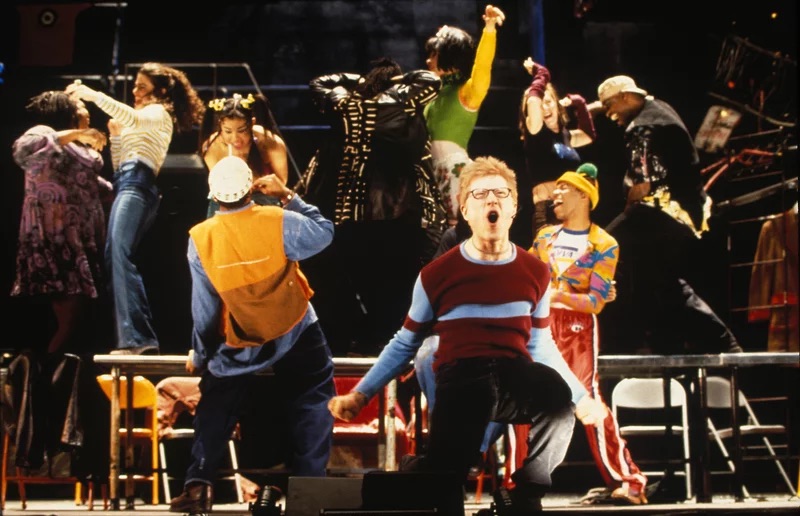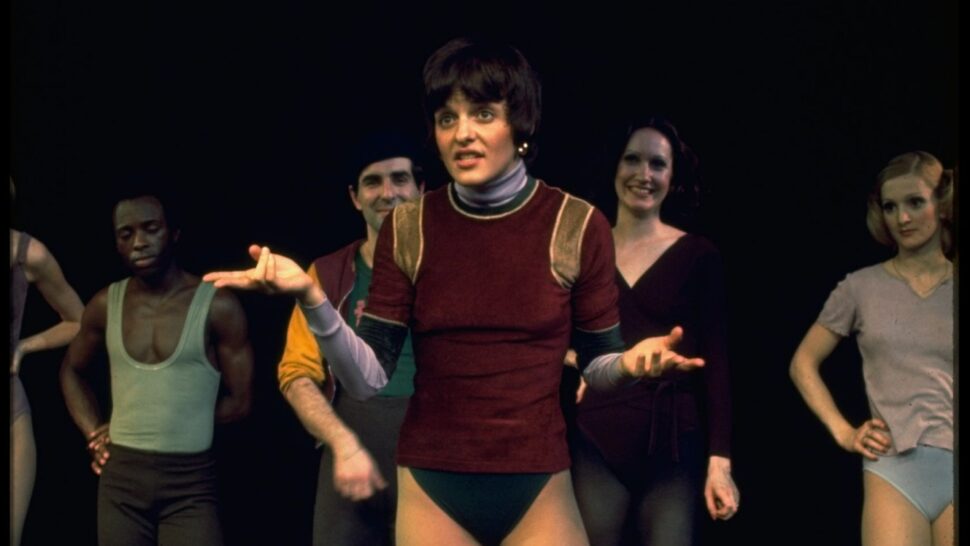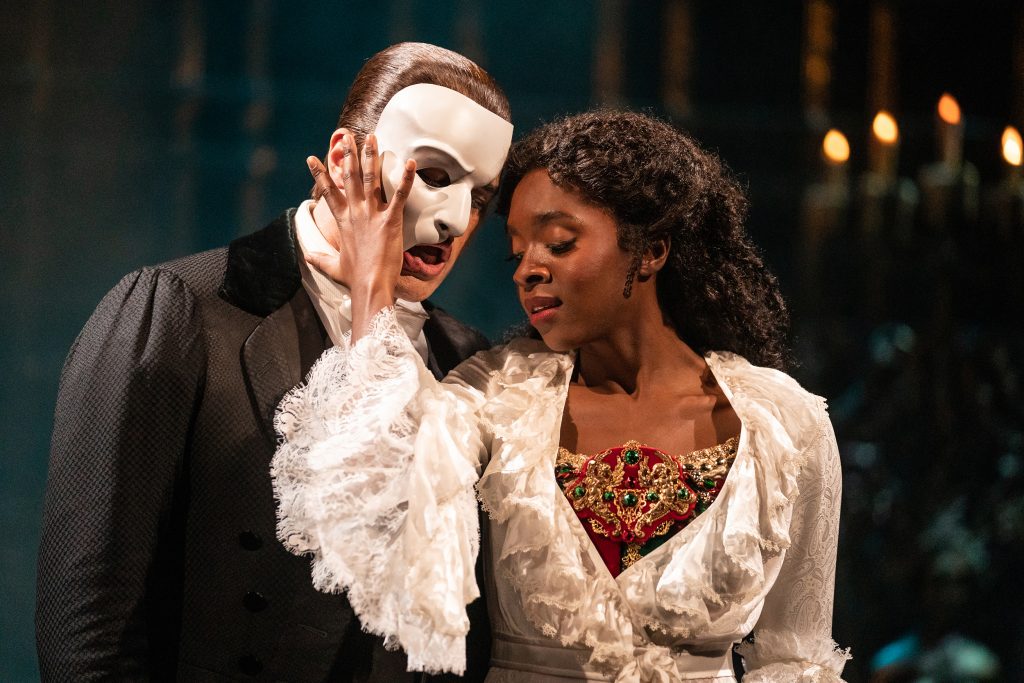In honor of National Hispanic Heritage Month, which runs September 15 to October 15, we’re taking a look at the history of Hispanic and Latinx theater artists on Broadway, both onstage and off, including some lesser-known projects beyond beloved hits like In The Heights and On Your Feet!
Kiss of the Spider Woman
Manuel Puig, a queer Argentinian writer and dissident, grew up obsessed with the glamor of Hollywood leading ladies. He turned these experiences into his 1976 novel El beso de la mujer araña, or The Kiss of the Spider Woman. Terrence McNally collaborated with Kander and Ebb to turn it into a dark, sensual musical set in an Argentine prison, with Latina trailblazer Chita Rivera as the fantastical Spiderwoman. It won 6 Tonys in 1994, and rumors continue to circulate about a possible revival.
A Chorus Line
You’re probably familiar with this 1975 mega-hit musical. You might not know how the show, with a cast reflecting the diversity of New York City, has important connections to the Latino community. Puerto Rican New Yorker Nicholas Dante co-wrote the book with James Kirkwood Jr., making him both the first Latino to write a Broadway musical and the first Latino to win the Pulitzer Prize for Drama. Fellow Nuyorican Priscilla Lopez was Tony-nominated for her role as Diana Morales. While there were many Latino dancers and performers in New York at the time, there were very few roles specifically written for them outside of West Side Story (and, a widespread practice of casting non-Latinos in that show, including in the 1961 movie.) Morales’ identity was prevalent in the storytelling (“hey, they don’t have bobsleds in San Juan”), but it was not her only character trait, and she wasn’t the sole Latinx person onstage. Equally groundbreaking was the character of Paul, a queer Puerto Rican who worked on Broadway and as a drag queen, closely based on Nicholas Dante’s own life.
Short Eyes
Premiering at the Vivian Beaumont in 1974, Short Eyes was the first Broadway play by a Latino playwright. An indictment of the racial injustices in New York’s prison system, it was written by Miguel Piñero during his sentence at Sing Sing. Joseph Papp shepherded the production first to the Public Theater and then to Broadway, where it was nominated for the Tony for Best Play.
Latin History for Morons
Colombian-American comedian and actor John Leguizamo turned his own frustrations and lack of knowledge of his own history into a one-man Broadway show, which premiered at the Public Theater downtown in 2017 before moving to Broadway. Sparked by his son getting bullied for being Latino, Leguizamo parses through forgotten history and unkind stereotypes to find role models and heroes. The show was also filmed as a Netflix special, and Leguisamo received a Special Tony Award.
Anna in the Tropics
Cuban-American Nilo Cruz’s Pulitzer Prize-winning masterpiece premiered on Broadway in 2003. The original production starred Jimmy Smits, Priscilla Lopez, and Daphne Ruben-Vega as workers in a cigar factory in Tampa. Smits’ character Juan Julian reads Anna Karenina to the workers as they roll cigars, and the drama of the novel bleeds into their own lives. It was also nominated for Best Play at the Tonys.
Zoot Suit
Starring Edward James Olmos, Zoot Suit was the first Latino-written and -directed musical on Broadway. The title refers to the wide-lapelled suits popular among young Chicanos in the 1940s. It had a wildly successful run at the Mark Taper Forum in Los Angeles in 1979, where it told the true story of the World War II era L.A. Chicano community, including the famous ‘Zoot Suit’ riots of 1943. While its Broadway run in 1980 was short-lived, Olmos was nominated for his first Tony award for it.





